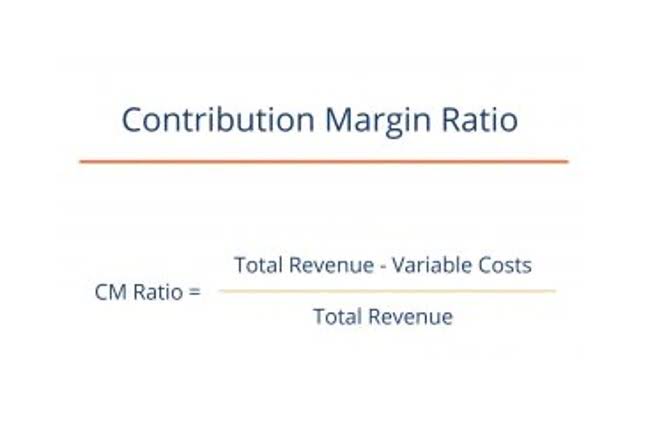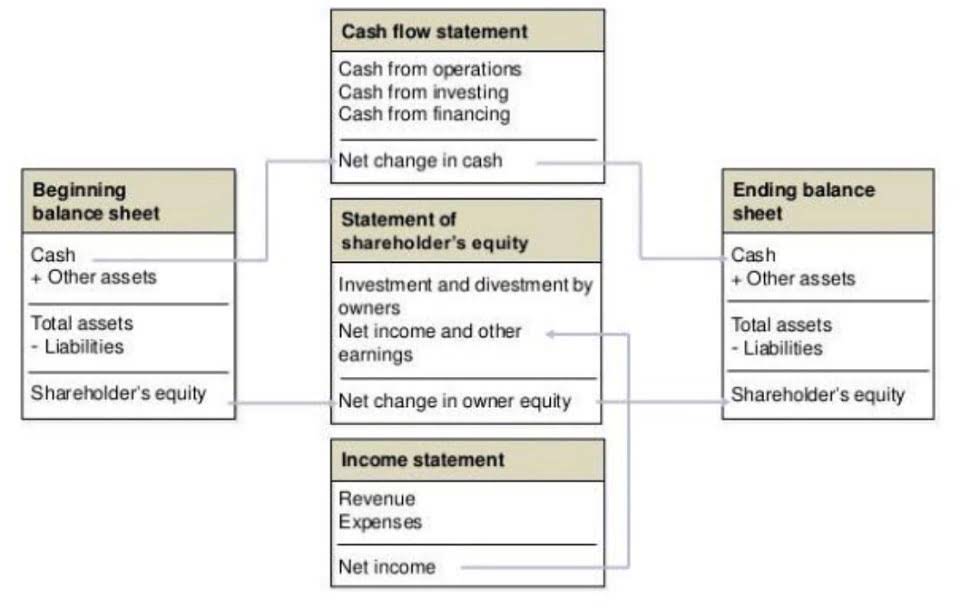VIDEO: Whats the Difference Between Posted vs Available Balance?

Journals record transactions in chronological order, while ledgers summarize transactions by account. To post a journal entry, the first step is indeed to identify the ledger account where the debited account will appear. In the world of ERPs, posting has been automated and reduced to just a click of a button. Similarly, if an account in a journal entry has been credited it will be posted to the ledger account by entering the same amount on the credit side/column of the respective ledger account. The double-entry bookkeeping system aims to prevent mistakes through a balanced method.
- Pending transactions haven’t been fully processed by your bank or credit card company, while posted transactions have.
- Often accountants omit these explanations because each item can be traced back to the general journal for the explanation.
- After transactions are journalized, they can be posted either to a T-account or a general ledger.
- Posting in accounting involves transferring entries from the journal to the ledger.
- Card transactions usually process instantly but may take 1-3 business days for funds to clear.
- A pending payment indicates that the transaction has been initiated but not yet fully processed.
- Bob has assigned his cash account the number 101 and his vehicle account the number 150 in his accounting system.
Posting Date in Accounting Systems

Single-entry posting involves the posted meaning in accounting recording of transactions as a single entry, commonly used in cash basis accounting to track cash flow and simplified financial records for smaller businesses. In the realm of accounting, the term “posting” holds significant importance, serving as a pivotal step in the process of accurately recording and organizing financial transactions. From analyzing and recording transactions to posting them in the ledger, this fundamental accounting practice plays a crucial role in maintaining precise and reliable financial records. The posting date is when the transaction is officially recorded in your account by the financial institution. This can occur several days after the transaction date due to factors like bank and merchant processing times.
- The ledger for an account is typically used in practice instead of a T-account but T-accounts are often used for demonstration because they are quicker and sometimes easier to understand.
- The distinction between these terms is not merely semantic; it has practical implications for how businesses track and manage their operations.
- Whether money is withdrawn from or deposited into your account, both types of transactions will start as pending until they are fully processed and posted.
- It specifies the date of the transaction, the accounts affected, and the corresponding debit and credit amounts.
- In reality, these provisional transactions simply indicate that funds are earmarked for a future debit.
- The posting date is when the transaction is officially recorded in your account by the financial institution.
- It is customary at this point to set a lock-out flag in the accounting software, so that no additional changes to the subledgers and journals can be made for the accounting period being closed.
Updated records

To ensure a payment is fully processed, review your account statement or online banking portal for the transaction’s status. A posted payment will appear in the transaction history with a finalized amount and date, unlike pending transactions, which may still display as “processing” or with a temporary authorization hold. For example, credit card payments often show a temporary hold for an estimated amount before the actual charge is posted. Cross-referencing the posted transaction with receipts or invoices ensures accuracy. The procedure of transferring an entry from a journal to a ledger account is known as posting. The balances of nominal accounts are directly transferred to the profit and loss account.
Misconceptions About Memo Debits
Posting to the ledger involves the transfer of recorded entries from the journal to the respective accounts in the general ledger, facilitating the reconciliation and organization of financial data. Recording transactions in the journal is a pivotal step in the posting process, involving the systematic entry of financial transactions to establish a chronological record of business activities. When a payment moves from pending to posted, it directly impacts account balances. A posted payment reduces the available balance, reflecting the finalized deduction of funds.

This practice also aids in detecting and rectifying errors promptly, ensuring the integrity of financial data. Posting in accounting is important https://tv-diaspora.ro/car-dealer-accounting-practices-to-improve-at-your/ as it helps to maintain accurate and up-to-date financial records. It allows for the proper classification and organization of financial transactions, making it easier to track and analyze a company’s financial position. Without proper posting, it would be challenging to prepare accurate financial statements or identify errors in the accounting system. Once all journal entries for a given period have been transferred through the posting process, the general ledger accounts reflect their updated balances. These updated balances are then used to prepare a trial balance, which lists all general ledger accounts and their respective debit or credit balances at a specific point in time.
Ensures Smooth Functioning of Business
These dates affect the period in which revenues and expenses are recognized, influencing reported earnings and financial ratios. Accurate financial management is crucial for any business, and understanding the nuances of various accounting terms can significantly impact a company’s operations. Two such critical terms are “invoice date” and “posting date.” While they Outsource Invoicing might seem similar at first glance, their differences hold substantial importance in financial reporting and cash flow management. The process begins with identifying the accounts affected by a transaction.


By visualizing the flow of work, companies can better manage their WIP levels and ensure that production stages are balanced, preventing overproduction and underutilization of resources. Effective management of Work in Process (WIP) is essential for maintaining operational efficiency and optimizing production costs. One of the most impactful strategies is implementing lean manufacturing principles, which focus on minimizing waste and maximizing value.
